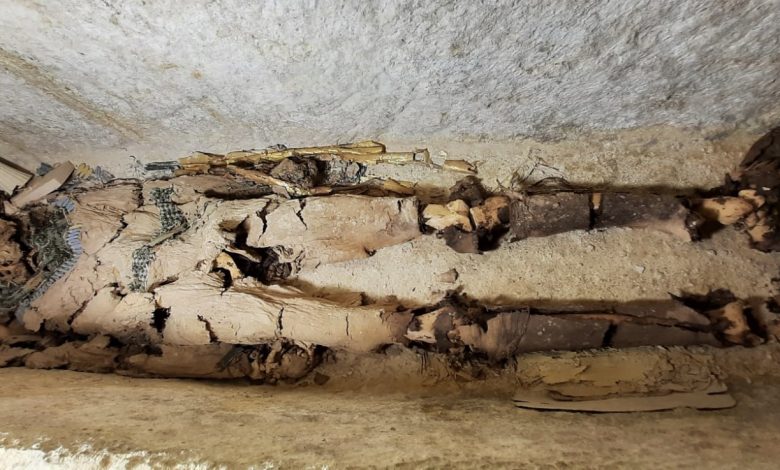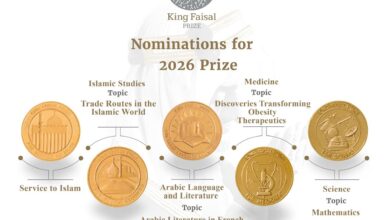
Secret of the golden boy mummy, stored in the basement of the Egyptian Museum in Tahrir for more than a century, was revealed, using CT scans and 3D printing.
The results of the scientific studies, which were published in Frontiers in Medicine on Tuesday, revealed the identity of the mummy, its state of preservation, and the secrets it hides.
This mummy was found wrapped entirely in linen in 1916, inside a tomb from the Ptolemaic era (about 300 BC) in Edfu, Aswan Governorate, where it was moved and preserved, at that time, in the basement of the Egyptian Museum in Tahrir without examination for more than a century.
In 2015, it was examined for the first time using a CT scan device in the museum and other advanced x-rays, modern computer programs, as well as 3D printing.
It was examined for the first time by Dr. Sahar Selim, Professor of Radiology at the Faculty of Medicine, Cairo University, in cooperation with Sabah Abdel Razek, Director General of the Egyptian Museum in Tahrir, and Mahmoud El-Halwagy, former director of the Museum.
Selim explained that the mummy of a boy, who probably died at the age of 15 was embalmed with great perfection, where the brain was removed through the nostril, while fillings and resin were placed inside the cranial cavity. The entrails were also removed through a small incision in the lower abdomen, while the embalmers were keen to keep the heart, which was seen in x-rays, inside the chest cavity.
Selim indicated that the x-rays showed what was inside the wraps, where the mummy wore a golden mask, a cartonnage chest plate, and textile sandals.
The CT scans showed that there were about 49 amulets arranged in an ornate manner in three columns between the folds of the linen rolls and inside the mummy’s cavity. The x-rays also showed 21 amulets in different shapes, including the eye of Horus, the scarab, the amulet of akhet, the placenta, and the knot of Isis, along with feathers and others.
Through the x-ray measurements, it was found that 30 of the amulets discovered inside the mummy were made of gold, while the rest of the were made of stones or faience, in addition to an amulet in the form of a tongue, made of gold, placed inside the mouth of the mummy, so that he could speak in the other world.
There is also an amulet in the form of two fingers below the torso to protect the mummification opening.
Selim confirmed that the study revealed the face of the mummy for the first time after virtually removing the scrolls using CT scan technology, as the study provided a unique opportunity to discover the mummification process, while keeping the mummy as the ancient Egyptians left it 2300 years ago.
On her part, Abdel-Razek explained that the study shed light on the social life in ancient Egypt thousands of years ago, indicating the appreciation of the ancient Egyptians for children, as the mummy enjoyed distinguished funerary rituals that enabled it to resurrect to the afterlife, according to their beliefs.
She added that the mummified boy enjoyed good health condition, as he had healthy teeth and bones, with no signs of disease or symptoms of malnutrition.
Meantime, the mummy of the golden boy, along with the CT scan machines, are put on display in the museum to give visitors a unique experience of the great secrets of the ancient Egyptian civilization.











